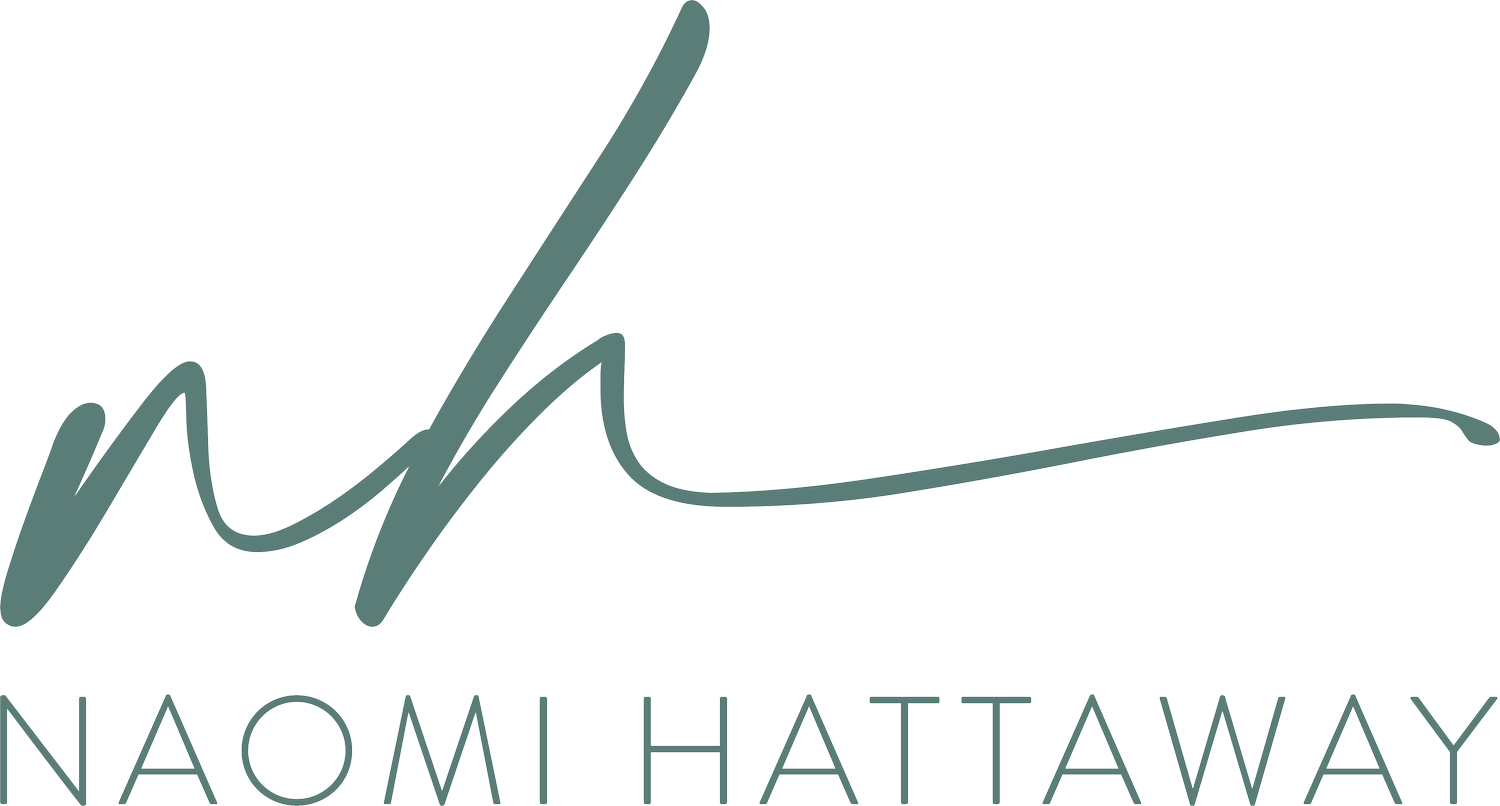APT (the Leaving Well framework) is a three-step method that fosters higher employee retention, elevates human-centered policies, and cultivates workplace culture.
ăpt (adjective):
exactly suitable; right for a situation; likely, inclined, prone; keenly quick to understand, responsive
While APT (explained more fully below) cannot promise to eliminate the reality that people leave, this framework does produce less stressful workplace transitions, while simultaneously helping you learn how to elevate the impact of teams and projects in your organizations.
APT offers practical and embeddable tools for improved employee retention numbers (with human-centered policies leading the way) and an incredible foundation of organizational health that will eek out into every facet of your company culture.
“Once we acknowledge that people leave, and endings in the workplace are necessary, we can get to work at making our workplaces better places to be in the meantime.”

Organizations who continue treating workplace culture like a bunch of feelings—described as “your company vibe”, with perks and benefits that employees haven’t asked for—will continue getting lackluster results.
If you’ve landed here, it’s because your organization offers really impactful services to the world, and to your community, in a way that no other organization can. You have a deep meaning to your work, and a mission that everyone needs to know about.
Your culture needs to be an aligned match.
The APT Framework:
Step One: Awareness
Assess | Evaluate | Understand
Step Two: Practice
Develop | Foster | Implement
Step Three: Transformation
Measure | Schedule | Communicate
One: Awareness
Seems easy enough right? Step one of the framework requires that we are “doing work with the willing.” Through an assessment of the current state of your organization, we will evaluate your organization’s history of transitions. Through that lens - which will be different for every organization - you’ll begin to understand employee sentiments, needs, and challenges through previously disseminated surveys, feedback sessions, and data analysis of exit interviews, etc.
If you don’t have access to that information from the past, it’s ok! We’ll work together to identify some low-lift and non-intrusive opportunities to gather this information from today’s point of view.
Following that assessment, we’ll start leaning into commitment. We will explore what’s working, and what needs improvement. We will also review existing policies and practices as they relate to your organization’s health and relationship to transition and change.
This is also the moment (potentially the most important moment of all) where we bring in the team. Contrary to popular belief, regardless of title or length of time with the company, each and every one of your team members largely impact your organization’s reputation when it comes to workplace transitions.
Two: Practice
Now that we’re well on our way with a collective awareness of what your organization’s current status is, and we are getting closer to understanding your relationship to change and transition, it’s time to transform policies and programs so that we treat employees as they leave, in the same way they were treated when they began.
It is crucial that your organization develops its capacity for process and documentation. A key component of the APT Framework is knowledge transfer, which requires that your organization develop training and resources to consistently and regularly pass along the knowledge across departments, projects, and initiatives. This step of the framework will help with practical items such as creating an exit strategy that puts your organization on the same level as those who win the Best Employer award in your sector. It will also foster a powerful continuous improvement culture that employees and staff can beautifully contribute to and help to implement.
Three: Transformation
The final step (but not the end of the process or the work) in the APT Framework is to measure the success of your commitment and implementation. It is important to track with clear metrics—including, but not limited to, employee satisfaction and transition management. During this final stage, a powerful way to embed the leaving well framework is to schedule ongoing learning, training, and development to ensure accountability remains a core value. Not to be forgotten is the importance of communicating the new vision and commitment to leaving well as an organizational culture, to all members of the team, as well as externally to interested parties, the community served by your organization, and supporters / donors, if applicable.


